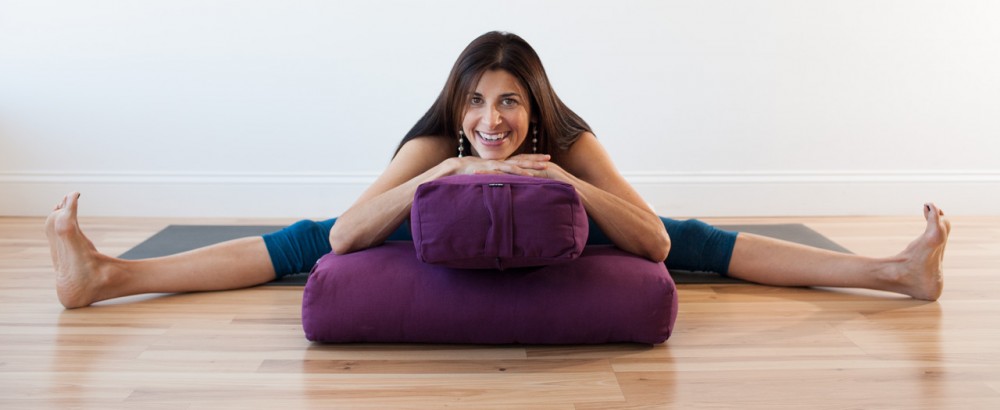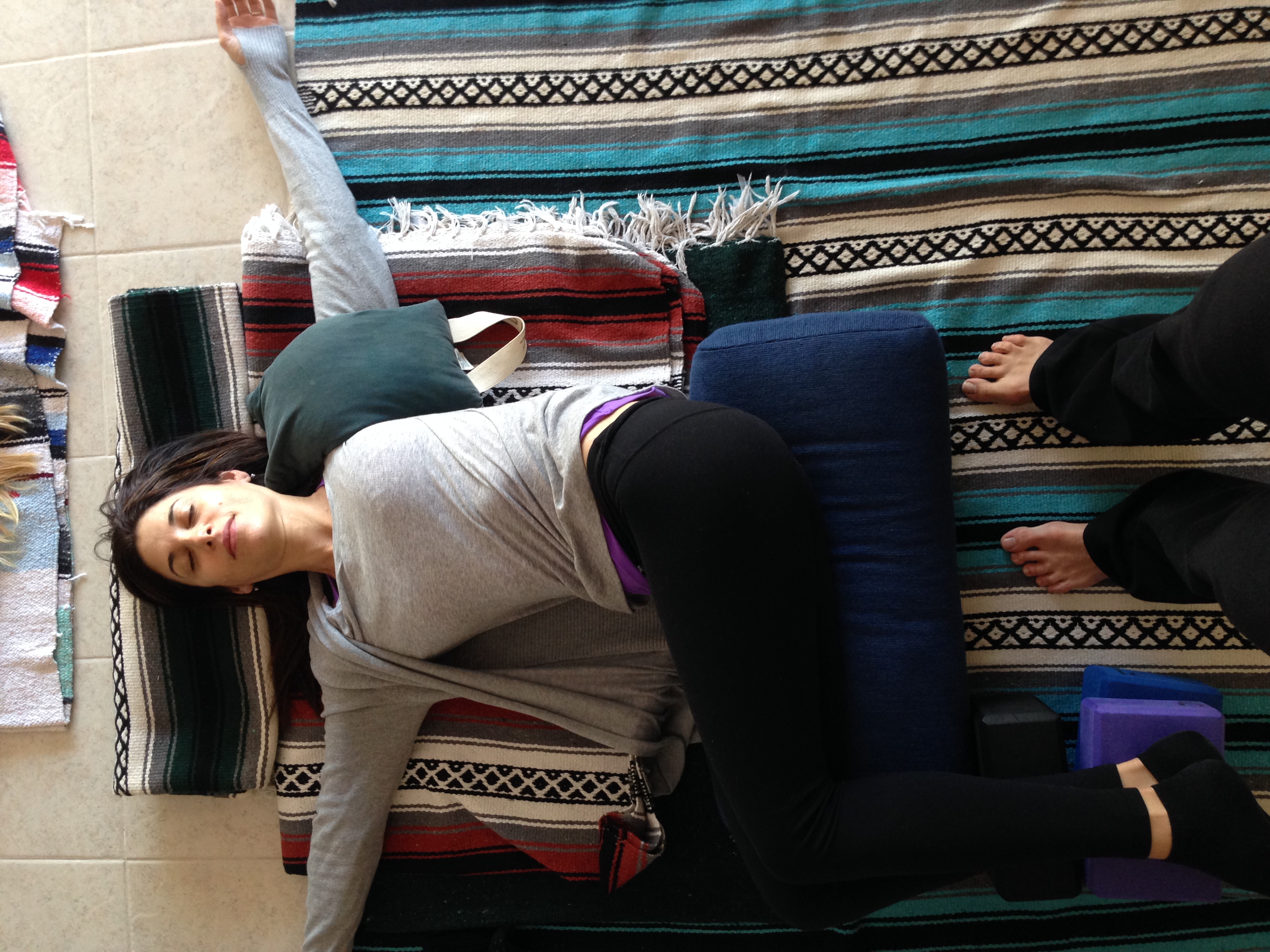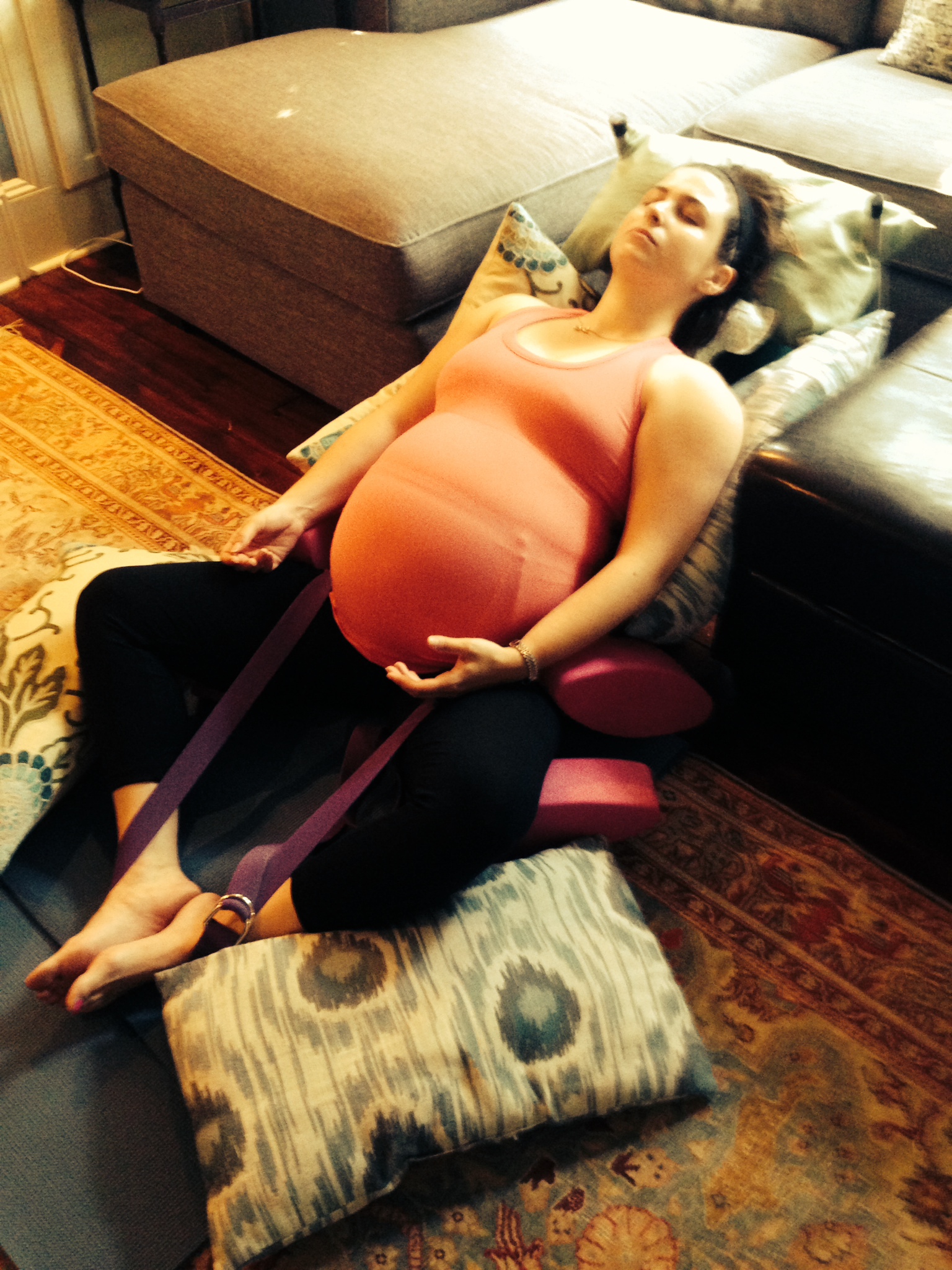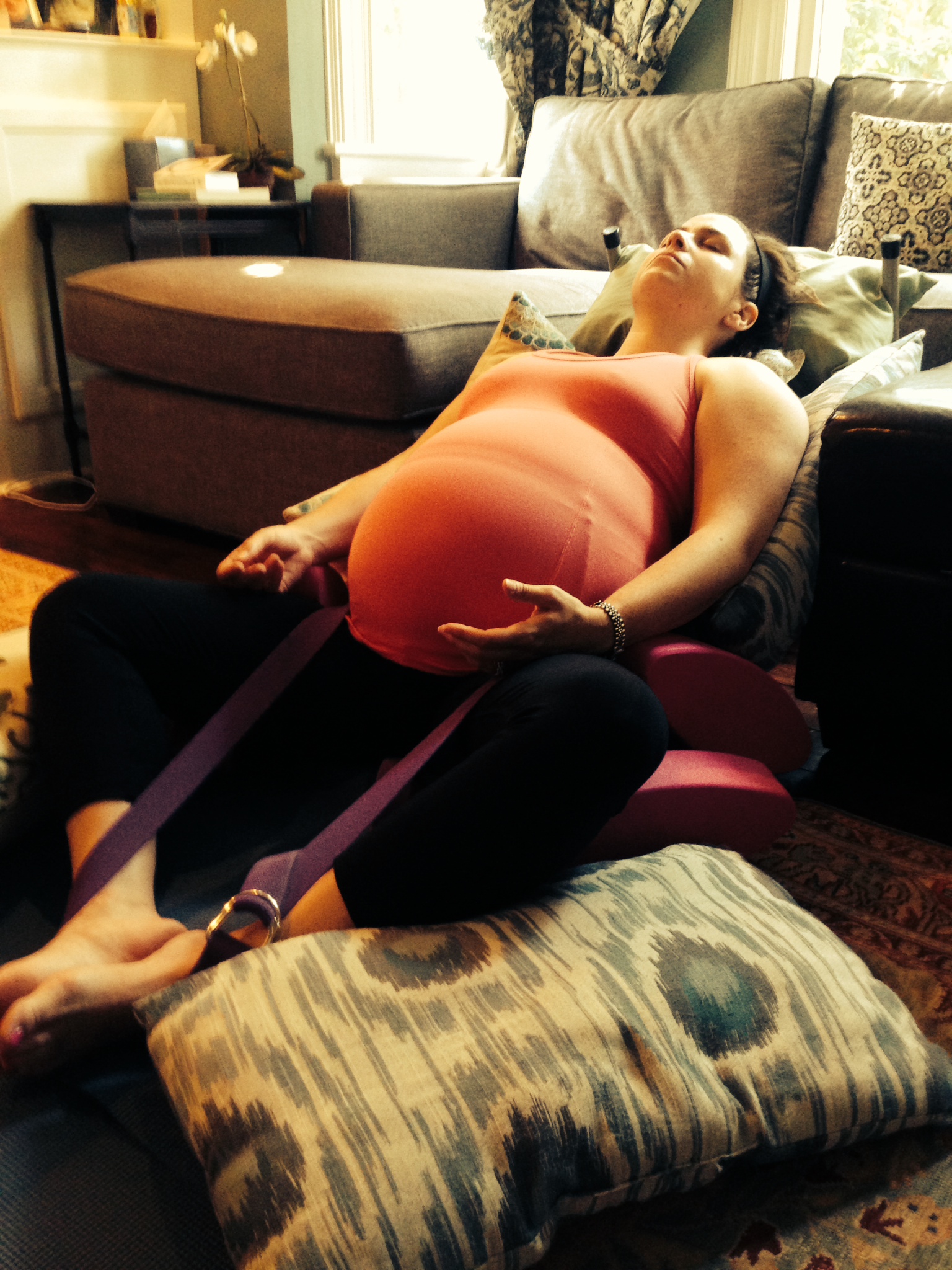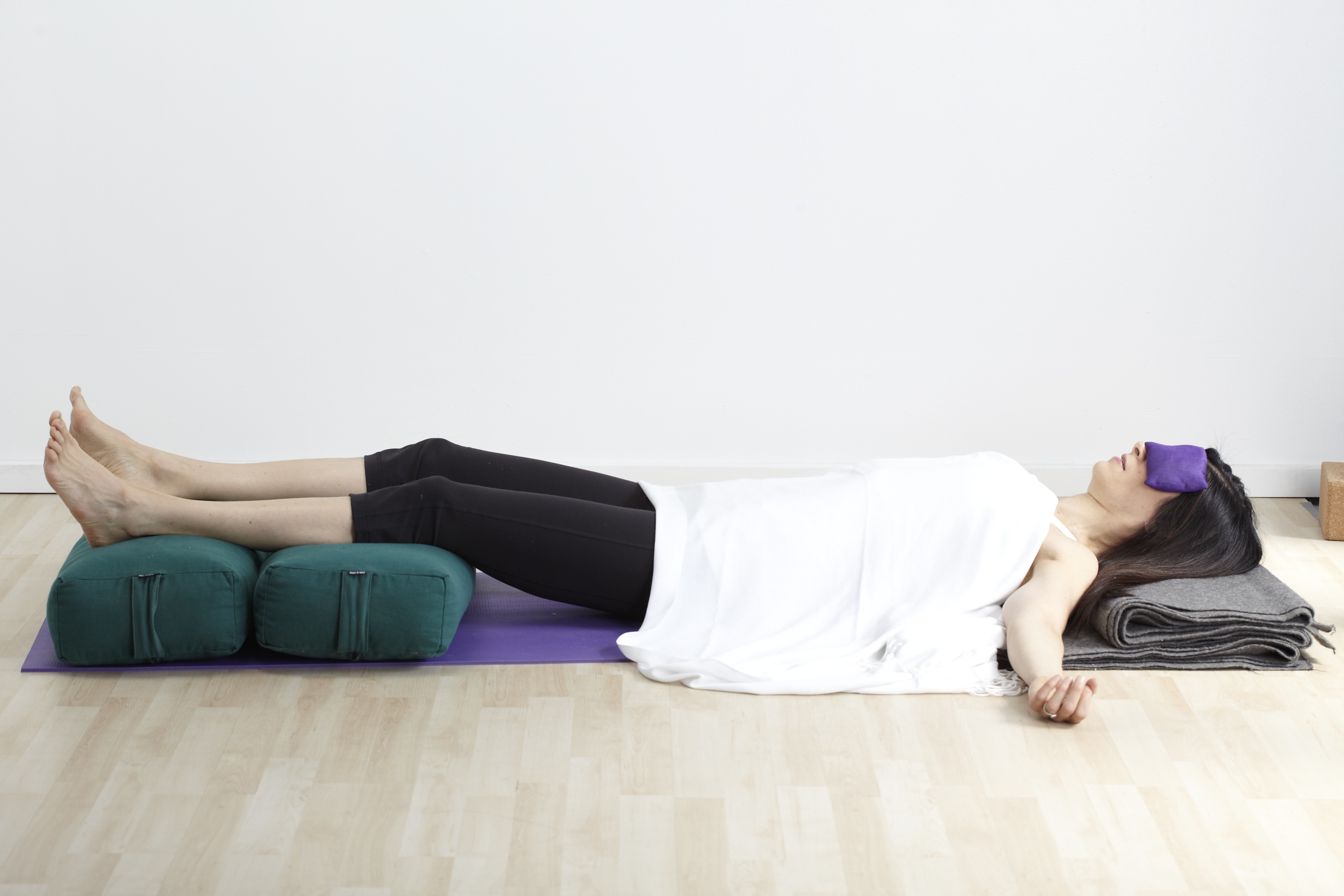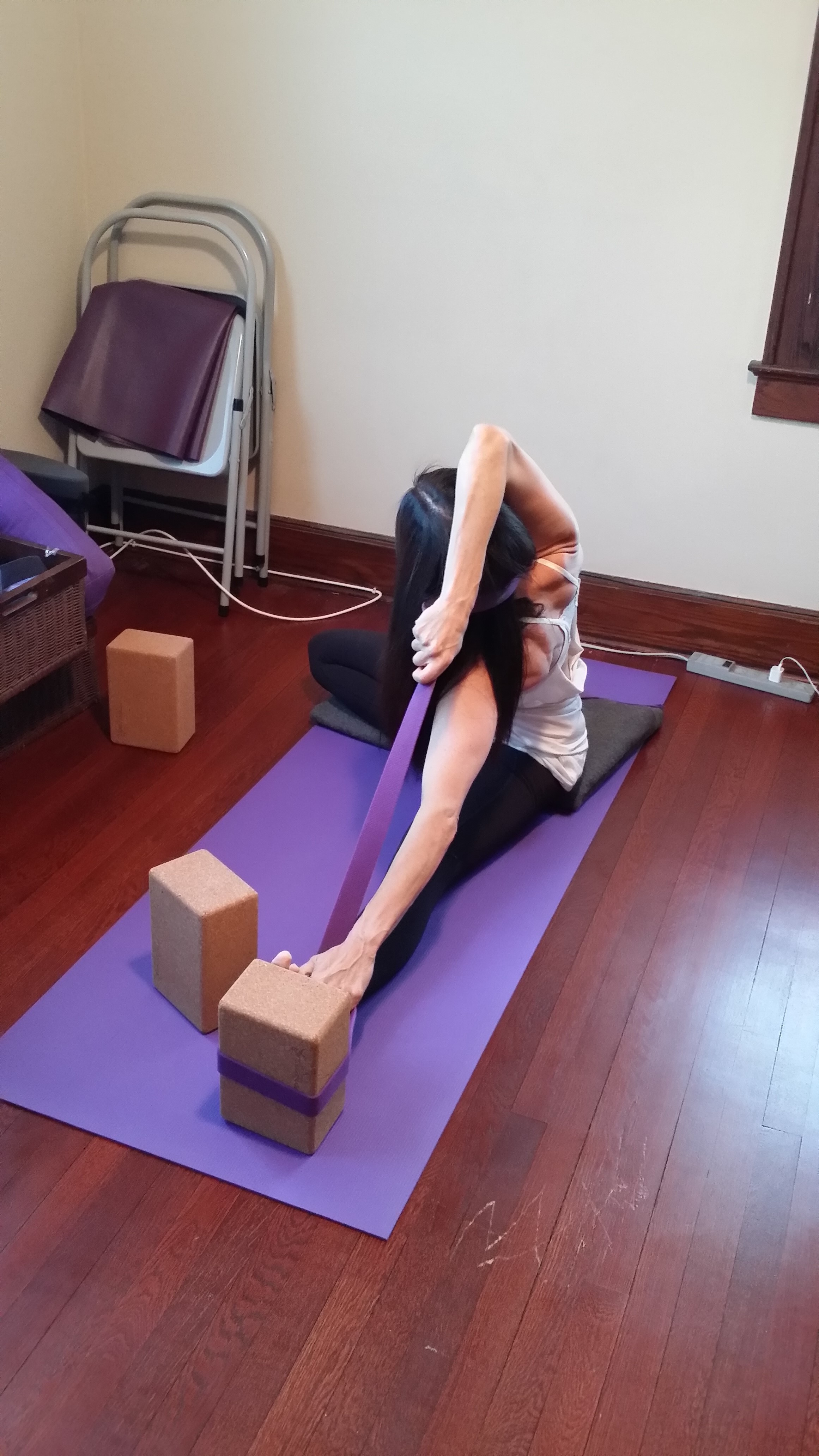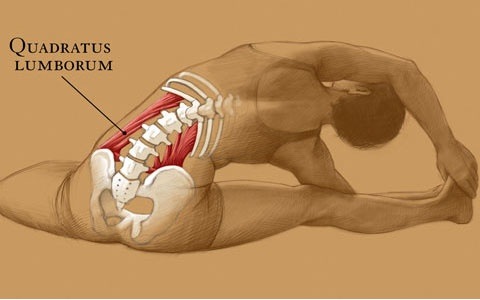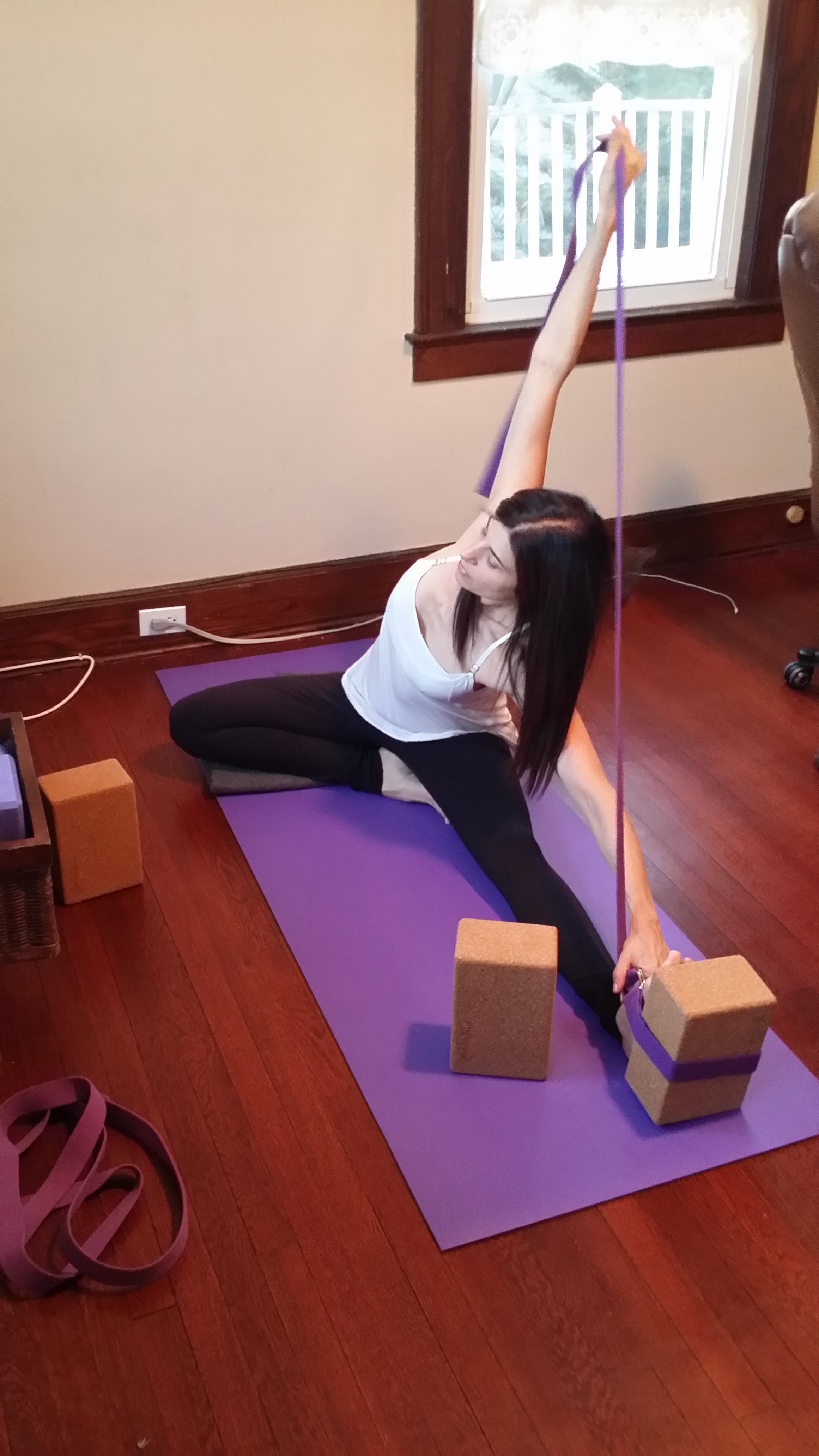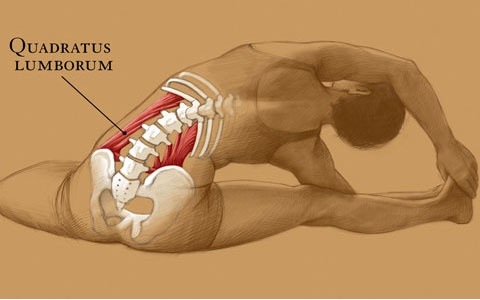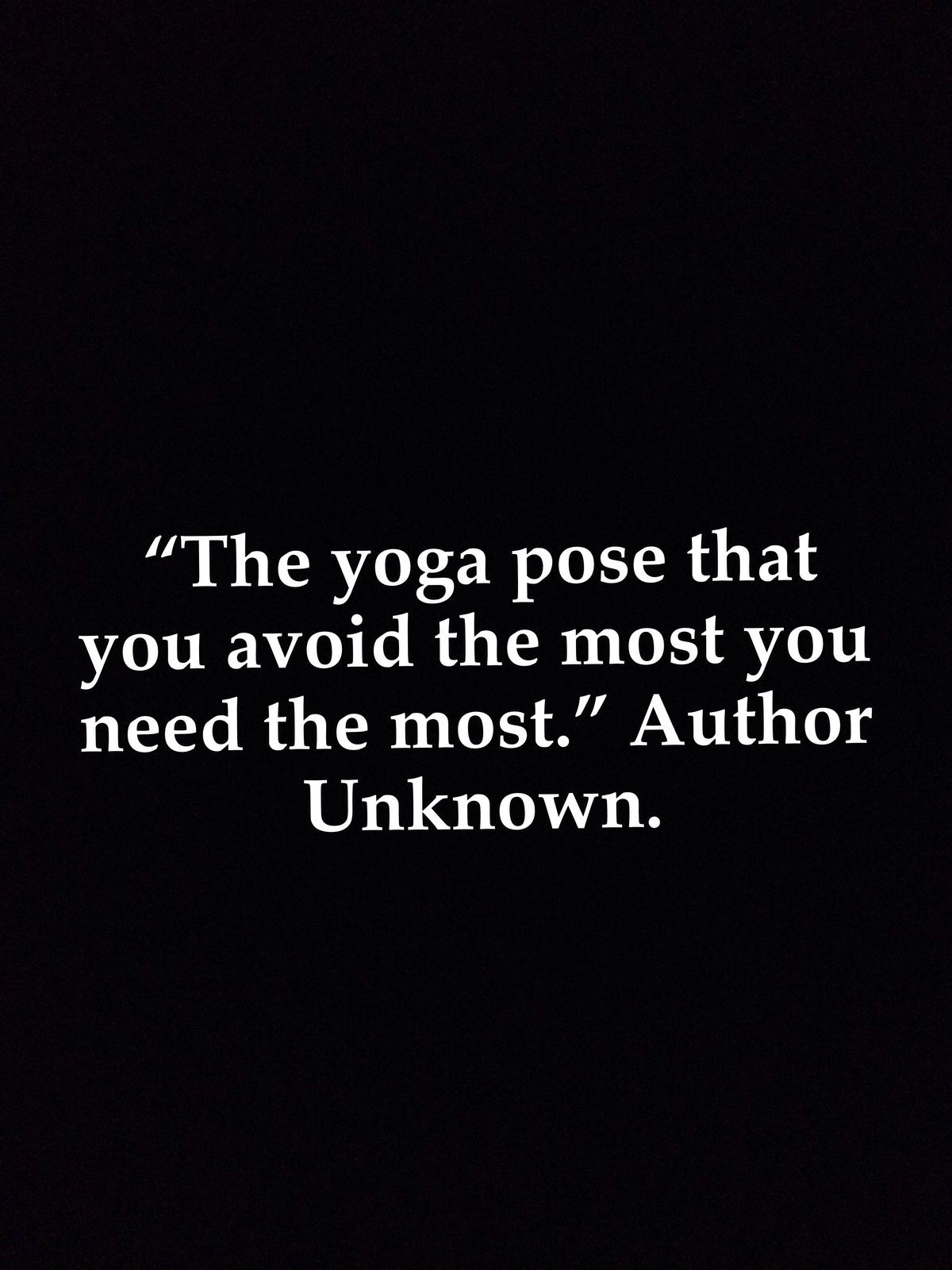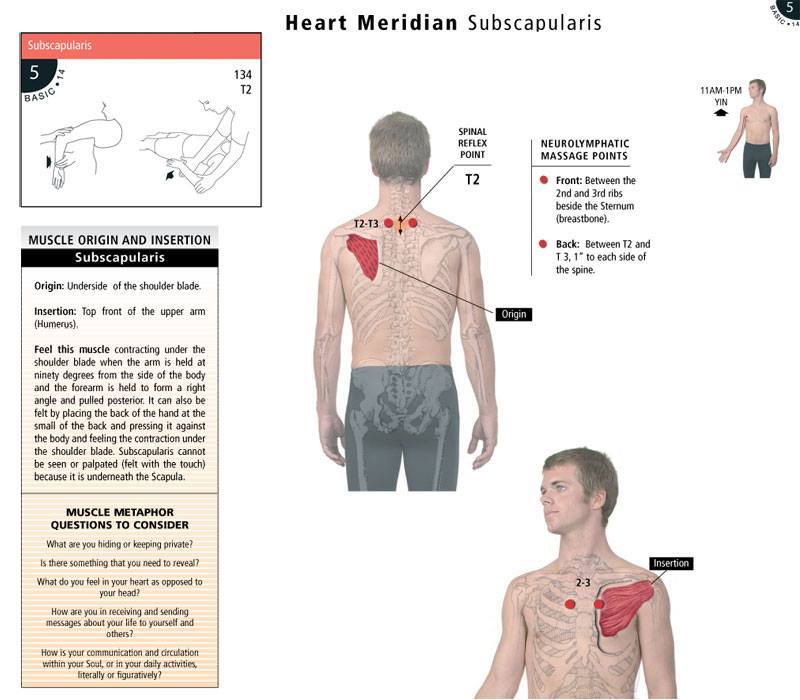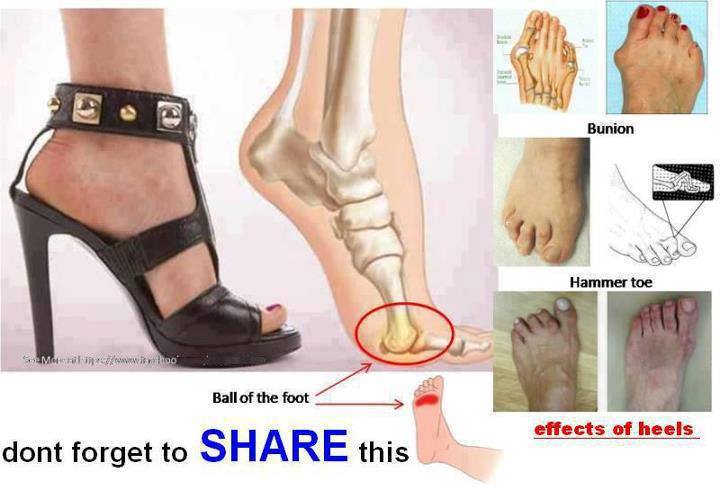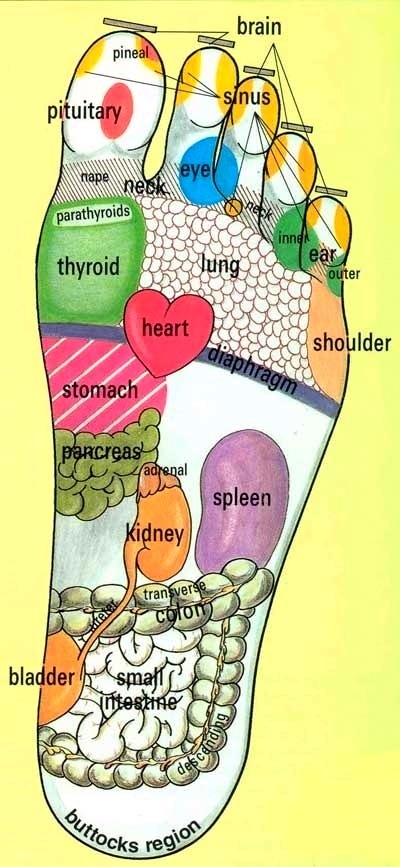Certified Yoga Therapist
Proud to share that I am a Certified Yoga Therapist.
It’s been awhile since I have posted. Taken a little time off to further develop my writing career. Meanwhile, I have settled in Philadelphia. I stopped teaching for a year to clear my mind about what my goals as far as yoga are. During this time, I applied to the International Association of Yoga Therapists and am proud to share this credential.
For most of my professional yoga career, I worked one-one with clients and this continues to be a passion. I do not know what is in store here in this community, but I still feel strongly that one’s practice should meet you at your door. I meet people who are still chasing something. Sometimes we have to work, sometimes we have to wait.
